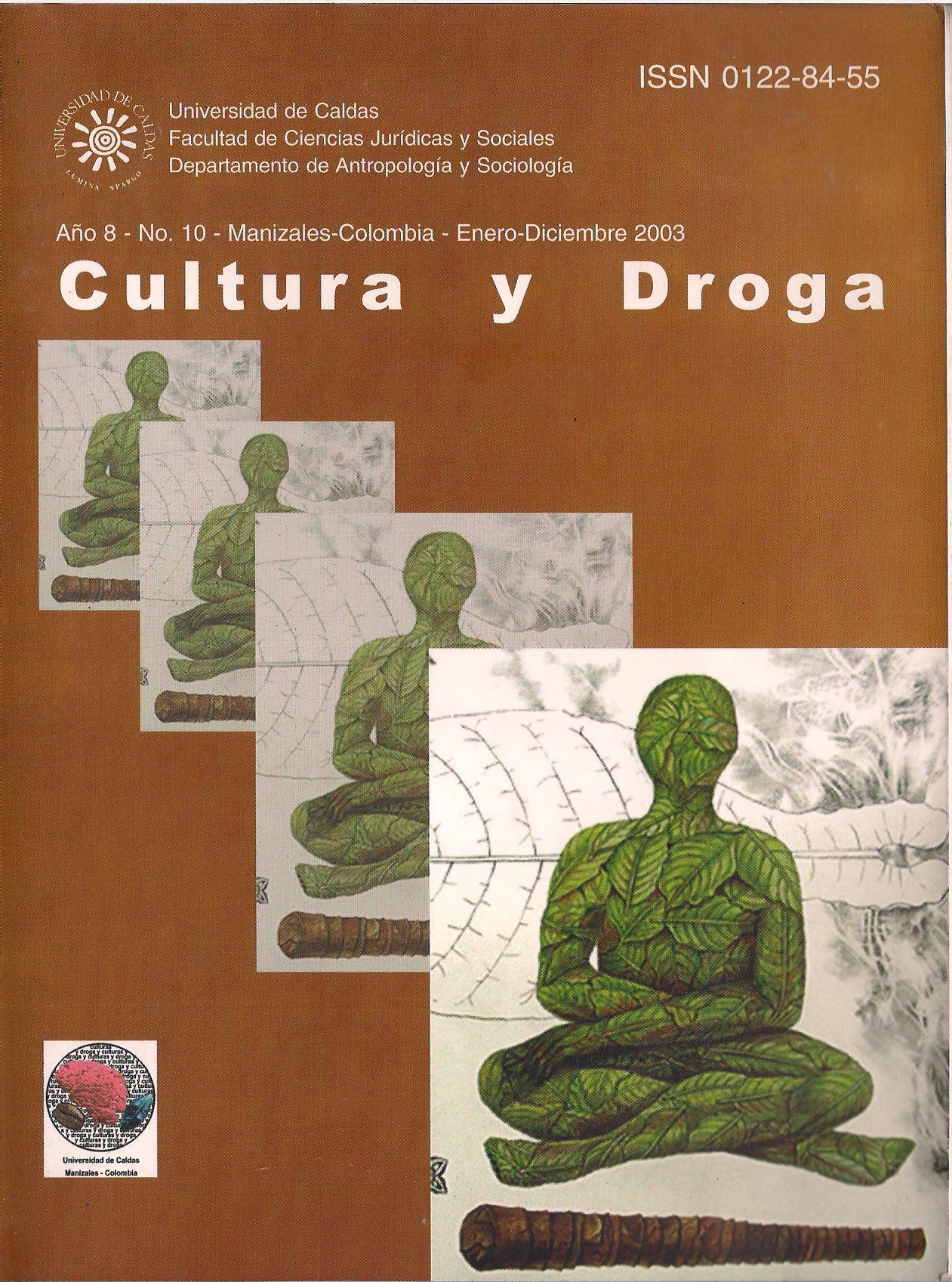Authors
Abstract
Abstract: This article is part of a colaborative project that seeks to develop alternative proposals for undertanding the Colombia conflict. The research was conducted by Nodo Aguja, a research team affiliated with the Comparative Social Studies Group (GESC) of the University of Cauca.
In this article we present our reflections concerning the symbolic, cul- tural, and economic processes that have developed in Andean communities around the coca plant and is transition from Mamacoca to Cocaine. We argue that since the pre-Columbian Coca has been valued as a total social reality, a gift, which symbolically condenses multiple aspects of social life. Thus, we seek to trascend a more tradicional mercantilistic view that reduces coca’s meaning to its economic value within a capitalist logic. “Modern rationality” has sought to destroy this gift through persecution. Not only the Church and public health polycymakers have chosen this solution, however. In the twentieth century this strategy has benn globalized wiht the implementation of a policy of eradication that has included fumigation. Like war, fumigation totally transforms the landscape and reorders the population in an effort to install a new hegemonic order. Notwithstanding the efforts to destroy the gift, Mamacoca has always been and continues to operate as a lkanguage of ritualised resistance.
Our methodology includes the combination of ethnographic materials from different Andean sites with a review of the literature.
Keywords
References
CAJÍAS, Fernando y CAJÍAS Magdalena. La historia de Bolivia, la historia de la Coca. Roma: Centro Italiano di Solidarieta, 1994.
CAICEDO, Jaime. Una guerra social de la globalización, En: Falacias y verdades sobre el PC. Bogotá: CEISINEDO, 2001. pp. 51 – 92.
COOK, Noble David. Demographic Collapse: Indian Peru, 1520-1620 New York: Cambridge University Press, 1981.
FERRO, Juan Guillermo y URIBE, Graciela. El orden de la guerra: Las FARC EP entre la organización y la política. Bogota: CEJA, 2002.
GODELIER, Maurice. Cosas que se dan, cosas que se venden y cosas que no se dan ni se venden y que se guardan: dinero, cosas preciosas y objetos sagrados. En: Memorias 49. [Con- greso Internacional de Americanistas.] Secretaría General 49. ICA, Pontificia Universidad Cató- lica del Ecuador. Quito: Abya-Yala. 1997 pp: 149-166.
HOYOS, Andrés. Entre el fascismo y un castillo de naipes. En: El malpensante. No. 25 2000. pp: 67-77.
LÓPEZ RESTREPO, Andrés. Colombia: de la prohibición a la guerra contra las drogas En: El malpensante. No. 25. 2000. pp: 82-105.
MORTIMER, William Golden. Perú: history of coca, “the divine plant” of the Incas. New York: J.H. Vail, 1978.
MOSELEY, Michael. The incas and their ancestors: the archaeology of Perú. New York: Thames and Hudson, 1992.
MURRA, John V. Research in economic anthropology: the economic organization of the Inka State. Greenwich: JAI Press, 1980.

 PDF (Español)
PDF (Español)
 FLIP
FLIP

















